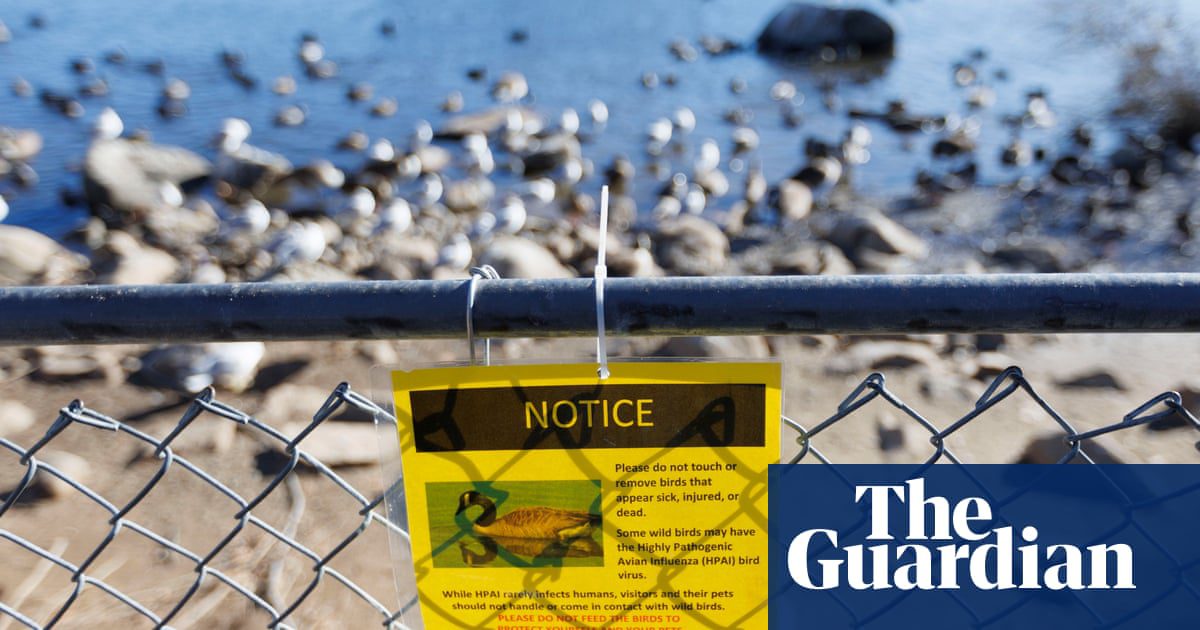
The Trump administration has significantly impacted the U.S. response to the escalating bird flu crisis, resulting in confusion and worry among federal employees, state representatives, veterinarians, and health professionals, according to 11 sources who spoke to Reuters.
Since Donald Trump assumed office on January 20, two key federal agencies responsible for monitoring the outbreak have withheld bird flu reports and canceled important congressional briefings and meetings with state health authorities, the sources revealed.
The Centers for Disease Control and Prevention (CDC) failed to release two weekly summaries, one detailing bird flu transmission and the other concerning surveillance, and they postponed several crucial meetings related to bird flu with state officials.
The CDC and the U.S. Department of Agriculture (USDA) neglected to hold congressional briefings for three consecutive weeks, and the USDA did not respond to inquiries from a state official regarding a new initiative intended to safeguard the nation’s food supply, the sources indicated.
This situation has led to anxiety among federal health personnel, who fear that essential information about bird flu might not reach them promptly, even as more individuals and livestock test positive for the virus.
“The confusion surrounding communication and the authority to share information is complicating the situation at a critical time,” stated Keith Poulsen, the director of the Wisconsin Veterinary Diagnostic Laboratory, who has been collaborating with federal and state agents regarding the bird flu situation.
Trump’s decision to withdraw from the World Health Organization (WHO) has also obstructed information exchange, limiting officials’ ability to monitor outbreaks and strains of the virus globally, according to three sources.
While the CDC has stated that the risk to the general population from bird flu remains minimal, a surge in outbreaks among livestock and humans in the U.S. has generated concerns among scientists about the possibility of the virus mutating and allowing for person-to-person transmission.
Since April, bird flu has infected nearly 70 individuals in the U.S. and resulted in one fatality. The epidemic has led to the culling of approximately 159 million chickens, turkeys, and other birds across the country since it began affecting poultry in 2022. Consequently, U.S. egg prices have surged to unprecedented levels, jeopardizing Trump’s promises to reduce costs for American consumers.
On February 5, the USDA reported that dairy cattle were infected with a second strain of bird flu, raising further alarms about its spread.
Prior to Trump’s inauguration, federal officials maintained consistent communication with state representatives and industry stakeholders as part of the response to the largest animal health crisis in U.S. history.
The USDA claimed it is still in regular contact with other federal entities.
The CDC has yet to publish two scheduled bird flu reports from January 23, citing a lengthy and atypical review process, according to two sources familiar with the agency’s activities.
One of the CDC’s morbidity and mortality weekly reports highlights the initial bird flu infections in cats that did not have access to the outdoors. The other focuses on wastewater surveillance in Oregon, near poultry and dairy farms, based on internal summaries reviewed by Reuters.
after newsletter promotion
For many years, these weekly updates have served as a vital communication tool for the CDC to relay essential information to local health officials and healthcare providers, ensuring they can effectively treat and protect patients, remarked Arthur Reingold, an epidemiology professor at the University of California at Berkeley.
“It’s truly remarkable that we would slow down or obstruct that vital communication process,” Reingold noted.
Last week, the U.S. did not attend a WHO meeting focused on influenza strains, including H5N1 bird flu, as mentioned by Scott Prendergast, a director within the WHO’s health emergencies division.
“We have lost the flow of essential information regarding developments occurring in the U.S.,” Prendergast stated.
At least one state, Minnesota, has faced difficulties obtaining information from the USDA concerning bird flu.
Minnesota’s board of animal health reported that it has not received replies to inquiries made in January about a USDA initiative aimed at increasing testing of turkeys to safeguard the U.S. food supply, according to Shauna Voss, the interim assistant director of the board.
Confounding actions from the Trump administration, such as the proposed freeze on federal funding, have further added to the confusion, she highlighted.
“This chaotic messaging ultimately trickles down to the state level and can affect our farmers who produce our food,” Voss stressed.









